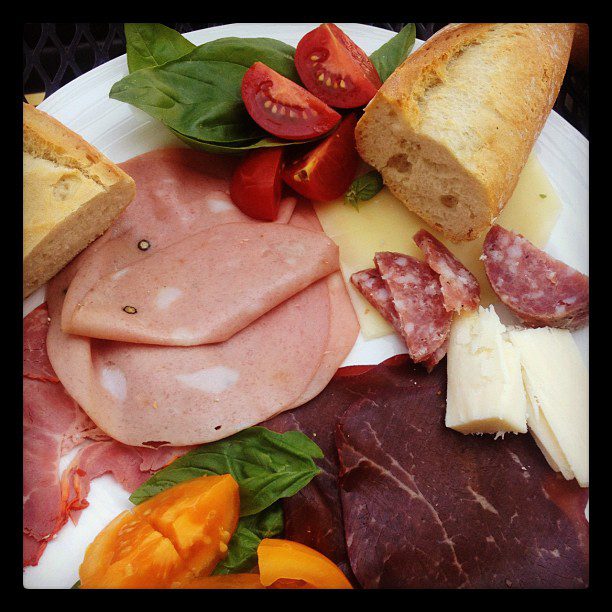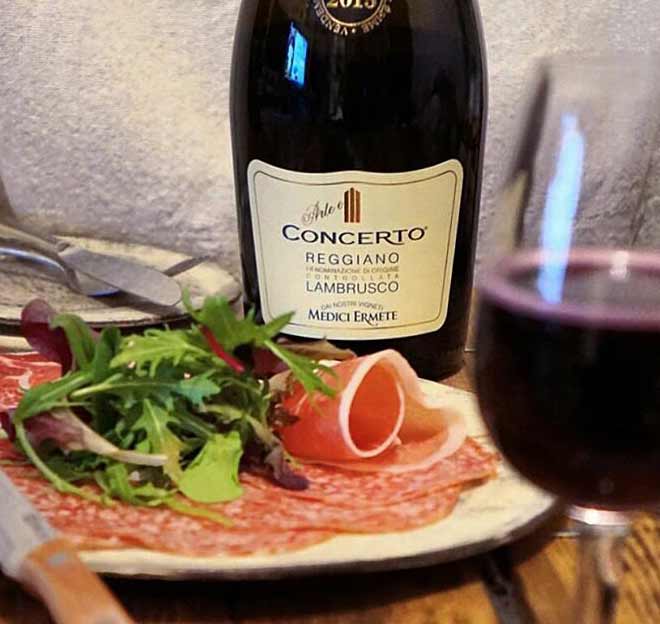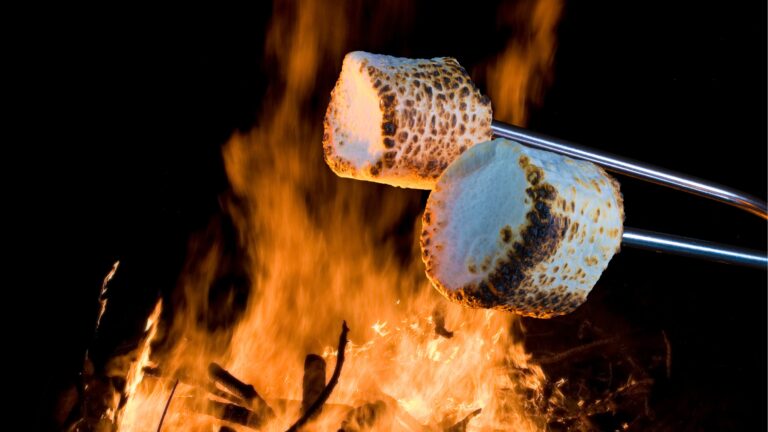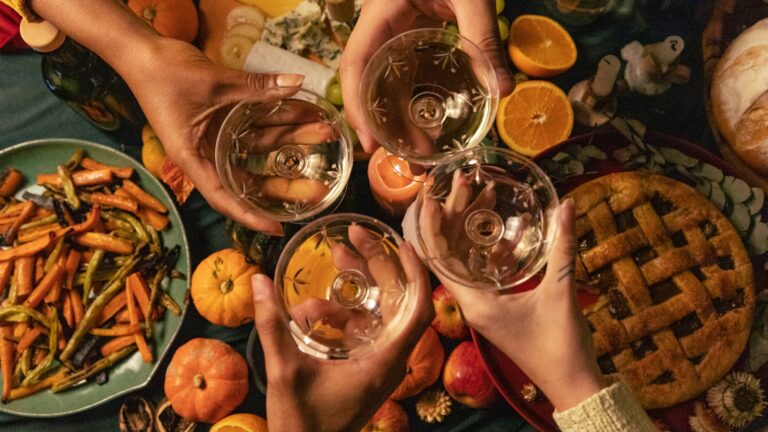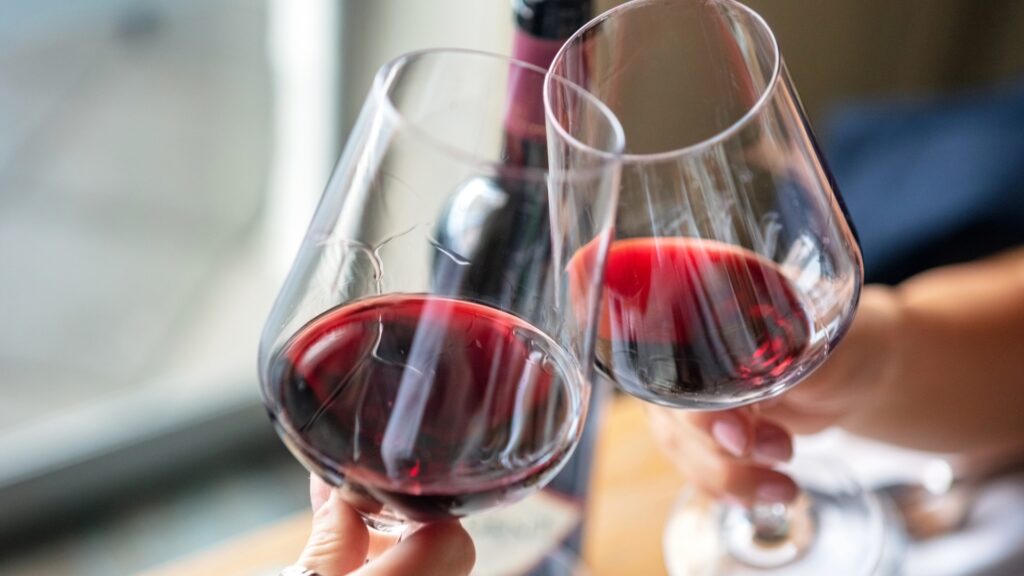Ah, summer. Living my whole life in the Greater Metropolitan Area of New York City, I get to experience the changing of the seasons. Autumns are cool and brisk, winters are cold and can be colder, the spring is essentially a slightly warmer, much wetter version of winter, and summers tend to start warm before moving fiercely into hot and humid conditions by early August. There are days—and in some years, weeks—when the heat and humidity in Lakeland, NJ is identical to (or higher than) Lakeland, Florida. These are days when you walk outside and your glasses steam up as a blanket of hot air envelops your body.
And on these days, I just don’t feel like cooking. Something about the heat—but especially the humidity—pulls all the energy out of me, and by the end of the day I can’t even think of turning on the stove, oven, or grill.
Instead, I raid the cold-cut drawer, which is perpetually stocked with provisions from the stomach of Italy. A block of Parmigiano-Reggiano cheese, a mound of mozzarella, paper-thin Prosciutto di Parma, and a selection of other salumi, such as Soppressata, Salami, Pancetta, Mortadella, Bresaola, and Coppa. Everything comes out, along with a bottle of Lambrusco, and goes on a wooden board. Then I raid the garden (or grocer) for a few leaves of basil, arugula, and a fresh beefsteak tomato—you’ve not lived until you’ve tasted a ripe “Jersey” tomato in the middle of August (though, they’re just as delicious from New York and Connecticut!). Finally, I grab a baguette (fresh or defrosted from the freezer), a bottle of good olive oil, and a bottle of REAL balsamic vinegar—look for the word “Modena” or “Reggio Emilia” (the two places in Italy where it’s made) AND the letters “IGP” or “DOP” (which guarantee it’s authentic and from that area).
The most complicated part of “cooking” this dinner is unwrapping the various foodstuffs and placing them on a plate in a somewhat organized matter (though, you’re free to layer everything in one big pile—whatever floats your boat!). The entire process of preparation takes about five minutes—up to ten if the baguette needs to be defrosted. Once everything is laid out on a plate (or plates, or one big wooden board), it’s time to uncork the juicy refreshing goodness of Lambrusco and dig in!
While this meal is simple, it’s fairly complete—filling, nourishing, and utterly delicious. You get your muscle-building proteins and hunger-suppressing fats from the cheese and salumi, carb-loading energy from the baguette, and vitamins from the arugula and tomato. And of course, those all-important antioxidants (such as reservatrol) from the Lambrusco, which is the perfect match for everything on the table (which makes sense, because most of those foods come from the same place—the Emilia-Romagna region of Italy).
Pick at whatever you wish, in any order. Place pieces of meat on the bread, or eat them naked. Drizzle olive oil and/or the balsamic on top of anything, or dip. Wrap meats around each other, or around breadsticks, if you have them. There are no rules, except one: take a small sip of Lambrusco in between bites, and be amazed at how well that almost-black, fizzy juice interacts with the fats, proteins, and saltiness. You’ll soon understand why it’s “Italy’s friendliest wine.” Before you know it, you’ll be feeling quite satisfied.

